Samsung Rugby III Review

Introduction:
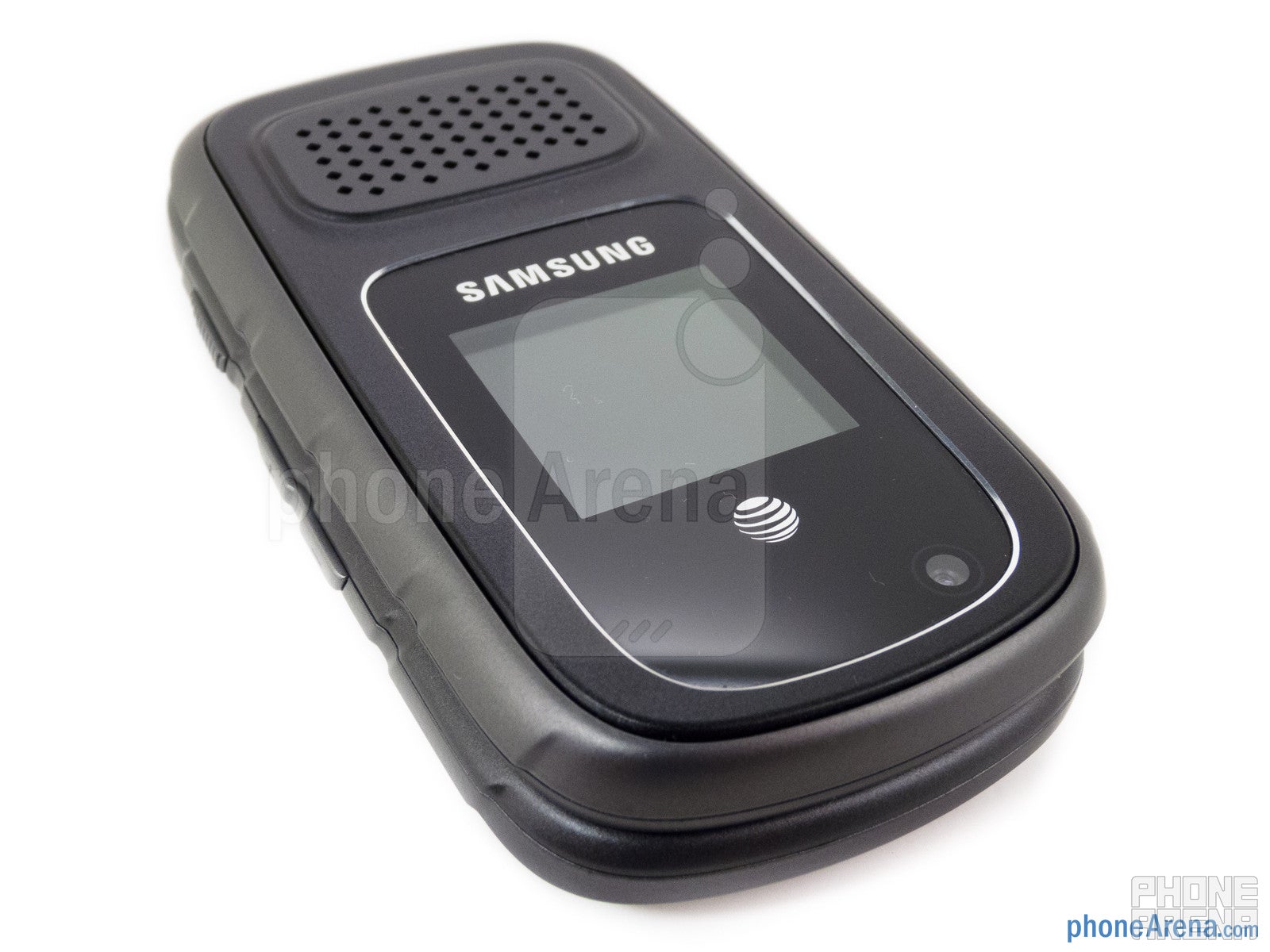
Design:
The Samsung Rugby III does not stray far from the design of previous Rugby devices. The clamshell device features a prominent speaker grill when closed, sitting above a 1.3” 128x128 outer display. On the inside the main display has been bumped from 2.2” to 2.4” (but keeps the QVGA resolution) which contributes to the slightly larger footprint of the Rugby III compared to the Rugby II. The displays are not the best, washing out easily in strong light. On some other rugged devices you’ll find a high contrast, black and white front display to combat this but not on the Rugby III.
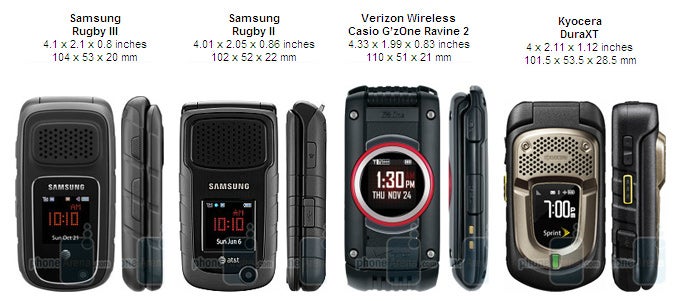
You can compare the Samsung Rugby III with many other phones using our Size Visualization Tool.
The large keypad is easy to use but feels flimsy and has a lot of flex, with a less than reassuring pop as you move your fingers over the keys. In fact, the materials used in general do not seem appropriate for a rugged phone. Instead of grippy and impact absorbing rubber accents, the Rugby III is constructed entirely out of hard plastic that has only the slightest amount of soft touch. There is some helpful relief on the sides that aid in grip, but the inverted dimples on the battery door actually decrease grip rather than improve it. In order to maintain a water-tight seal the battery door employs a locking mechanism that can be operated with a fingernail in a pinch. Under the battery you’ll find the microSD and SIM slots.
In addition to the volume rocker, along the sides you’ll find dedicated PTT and Speaker keys, as well as the phone’s single port. This microUSB port is used for both charging and audio, and an adapter is included to use a standard 3.5mm headset. Of course this port must be closed tightly to ensure the water resistance of the device.
The Samsung Rugby III doesn’t offer the in-hand reassurance of durability that other rugged devices offer. While thicker than most devices out there, it still feels like your average, basic flip phone due to the hard plastic casing and complete lack of rubber trim.
Ruggedness:
The Rugby III is designed to meet Military Sped 810G for dust, shock, vibration and rain. In addition it is certified IP67 for submergibility in 1 meter of water for up to 30 minutes. We started by testing the Rugby III certifications, and it withstood drops on both carpet and concrete from hip level. The hard plastic housing, however, was immediately scuffed up pretty badly. The Rugby III got splashed with water and left in wet grass for a few minutes without any issues. Finally, we locked the battery door and sealed the microUSB port and submerged the Rugby III in just under 2’ of water, about 1/3 less than the device is certified for. After 30 minutes we retrieved it to find the device powered off and unwilling to power back on. As you can see in our video, we rechecked the battery lock and microUSB seal and they were indeed tight.
It is not apparent where the water leaked from, because the battery bay as well as the charging port appeared to be dry when we checked. The phone eventually did power on, but the external speaker was non-functional. We let the device sit for several hours and tried it again. This time, the speaker worked but it powered down immediately and has refused to power up since.
Samsung Rugby III 360-degrees View:
Software, Connectivity and Camera
As a basic device, the Samsung Rugby III runs the same simple UI found on other AT&T devices. It employs the simple 3x4 grid menu, with soft key options throughout. It runs fairly quickly, but then again doesn’t have any fancy features to slow it down. Our main gripe is that, from the homescreen, the middle key on the d-pad launches the web and not the menu. The other four keys are customizable, but not that. There are dedicated keys for AT&T Navigator and a quick menu, and the # will toggle the Silent profile when long-pressed.
Like the Rugby II, the Rugby III allows for call, messaging, IM and Address Book restrictions. This is handy for businesses looking to deploy fleet phones, since they can ensure that the phones be used only for business purposes.
The Rugby III is quad-band GSM and tri-band UMTS world phone. Despite AT&T’s claims that it offers “walkie-talkie-like instant voice communication on ultrafast 4G/4G LTE network,” the Rugby III actually operates only on their 3G and 2G networks. With a WAP browser data speeds won’t matter too much since you won’t be loading any complex web pages or watching streaming videos, which isn’t really what the Rugby III is about. The Rugby III supports GPS and Bluetooth 2.1.
The camera has been bumped from 2 megapixels to 3, which is also capable of 320x340 videos. Results with both are predictably bad, but like the browser the camera isn’t what this phone is about.
Call Quality and Battery:
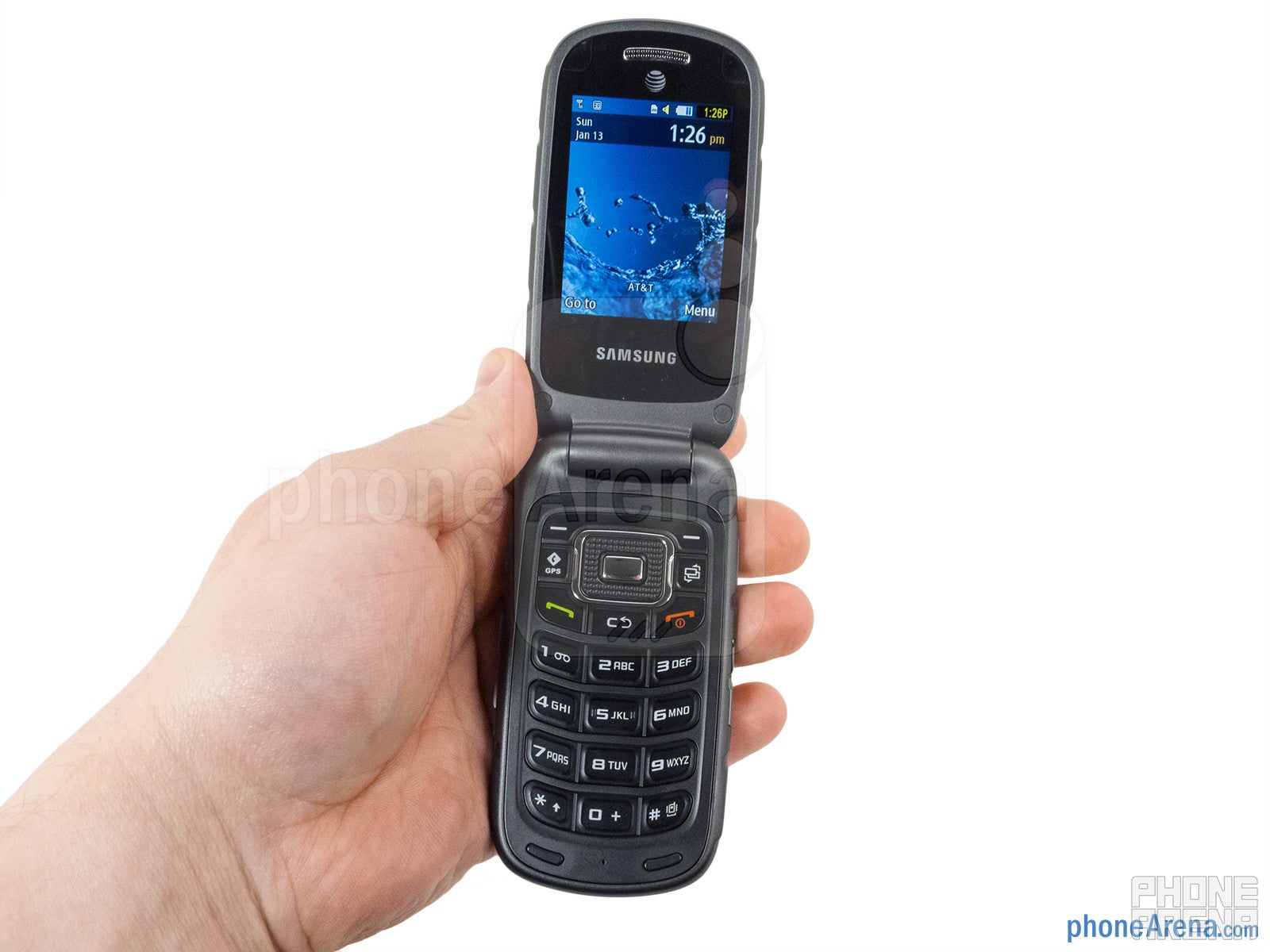
Conclusion:
The Samsung Rugby III isn’t a sleek phone, nor is it a smart phone. It is intended to be a big, rugged device that can withstand rough environments. While it performed as expected as a phone, it unfortunately was not able to meet the advertised certifications. The only reason you buy a phone like the Rugby III is because you’re hard on them, and it doesn’t seem like the phone can stand up to that kind of punishment.
Samsung Rugby III Video Review:


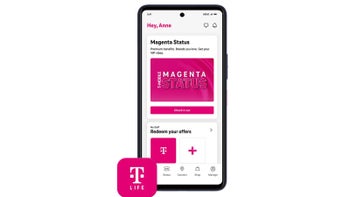

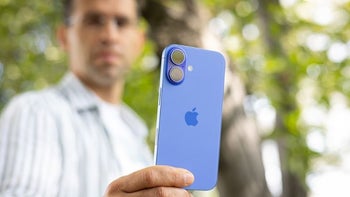
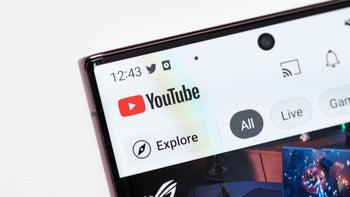

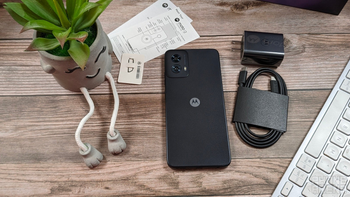

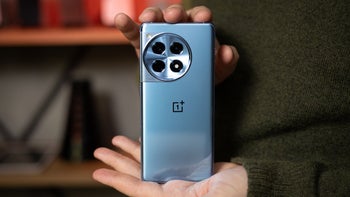
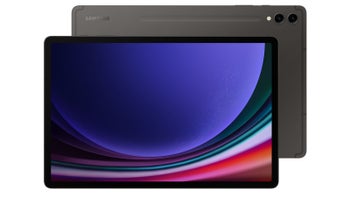
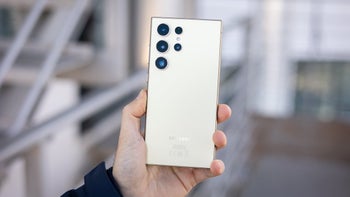
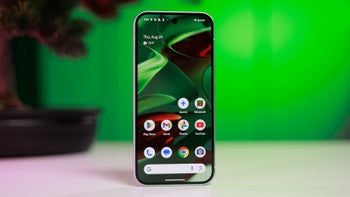
Things that are NOT allowed: